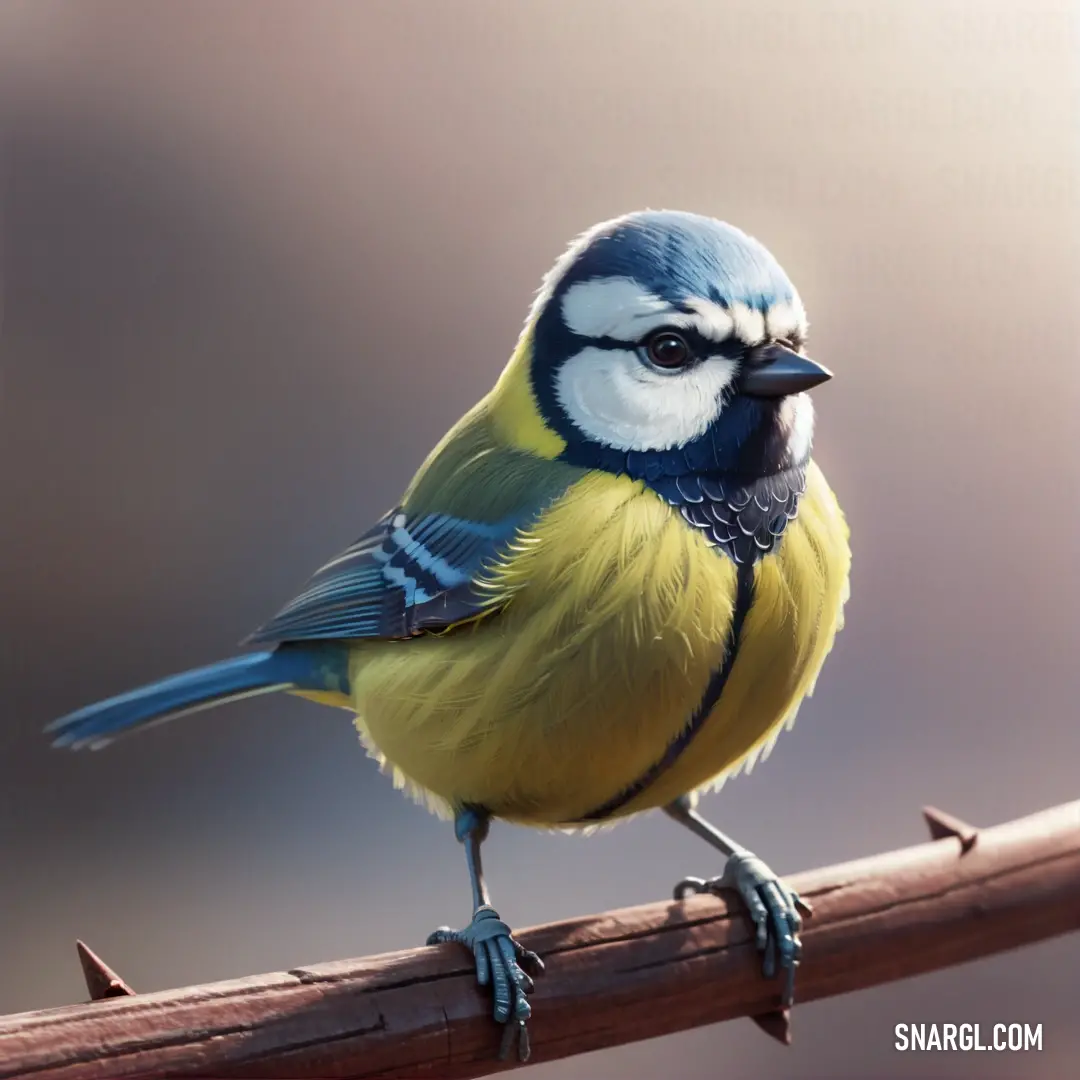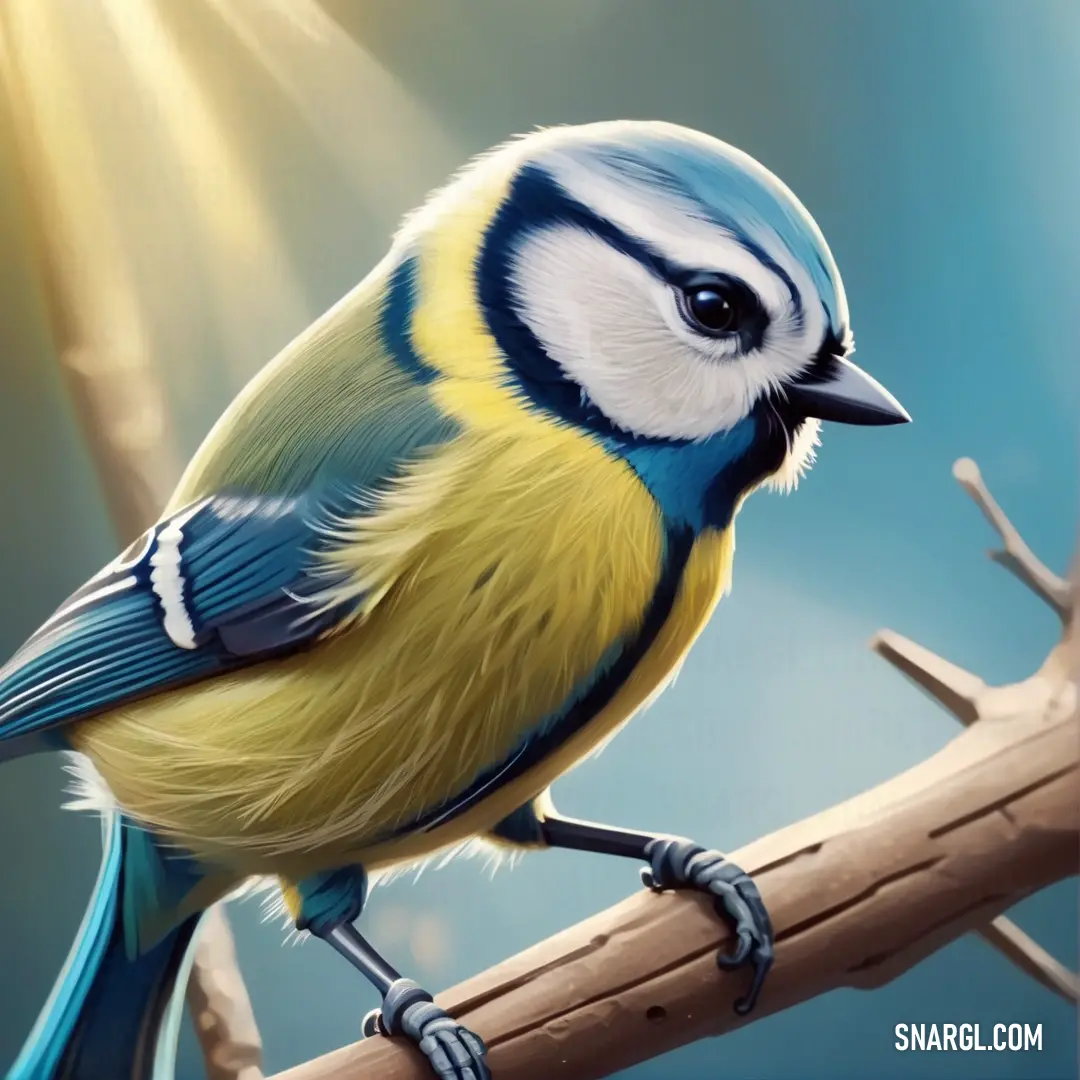
Blue tit
What is the animal Blue tit known for?
Here are some facts about this amazing animal:
The blue tit belongs to the family Paridae, which includes other tits, chickadees, and titmice.
The blue tit has a blue cap, a white face with a dark line through the eyes, a yellow chest, and a blue tail.
The male and female look similar, but the male has a brighter blue cap and a darker line on the face.The blue tit is found in most of Europe and western Asia, where it lives in woodlands, parks, gardens, and farmlands.
It prefers habitats with oak trees, which provide food and nesting sites.The blue tit is a resident bird, meaning it does not migrate.
It stays in the same area throughout the year, forming small flocks with other tits in the winter.The blue tit is an omnivorous bird, feeding on insects, spiders, seeds, nuts, and fruits.
It can hang upside down from branches and twigs to reach its food, and it also visits bird feeders.The blue tit has a loud and varied song, consisting of high-pitched notes and trills.
It also makes harsh scolding calls when alarmed or threatened.
The blue tit can learn new sounds from other birds and even from human sources, such as car alarms and mobile phones.The blue tit breeds in the spring, laying up to 12 eggs in a hole in a tree or a nest box.
The female incubates the eggs for about two weeks, while the male brings her food.
The chicks hatch blind and naked, and are fed by both parents for another two to three weeks.
The blue tit can have more than one brood per year.The blue tit faces several threats, such as predators, parasites, diseases, and habitat loss.
Some of its predators include owls, hawks, cats, squirrels, and weasels.
Some of its parasites include fleas, mites, lice, and worms.
Some of its diseases include avian pox, salmonella, and trichomoniasis.
The blue tit is also affected by climate change, which may alter its food availability and breeding timing.The blue tit is a common and widespread bird, with an estimated population of 40 to 80 million individuals.
It is classified as least concern by the IUCN Red List of Threatened Species.The blue tit has a cultural significance in many countries, where it is seen as a symbol of happiness, intelligence, and curiosity.
It is also featured in art, literature, and folklore.
Where does the Blue tit live?
The Blue tit is a small and colourful bird that lives in various habitats across Europe and parts of Asia.
It is one of the most common and recognisable garden visitors in the UK, where it can be found in woodlands, hedgerows, parks and gardens.
It likes areas with scattered trees, especially oak, where it can feed on insects, caterpillars, seeds and nuts.
It also adapts well to urban and suburban environments, where it can use nest boxes and bird feeders.
However, some populations may move southwards or to lower altitudes in winter, when food is scarce.
It is known for its acrobatic skills, as it can hang upside down from branches and twigs to look for food.
It has a black beak and legs, and a white belly.
The Blue tit is a beautiful and lively bird that brightens up any garden or woodland with its presence.
Example of the color palette for the image of Blue tit

See these colors in NCS, PANTONE, RAL palettes...
What does the Blue tit look like?
Example of the color palette for the image of Blue tit

See these colors in NCS, PANTONE, RAL palettes...













 Dark lava
Dark lava Dark tan
Dark tan Beige
Beige Teal blue
Teal blue Onyx
Onyx





 Battleship Grey
Battleship Grey Heart Gold
Heart Gold Seal brown
Seal brown Light gray
Light gray Cadet
Cadet